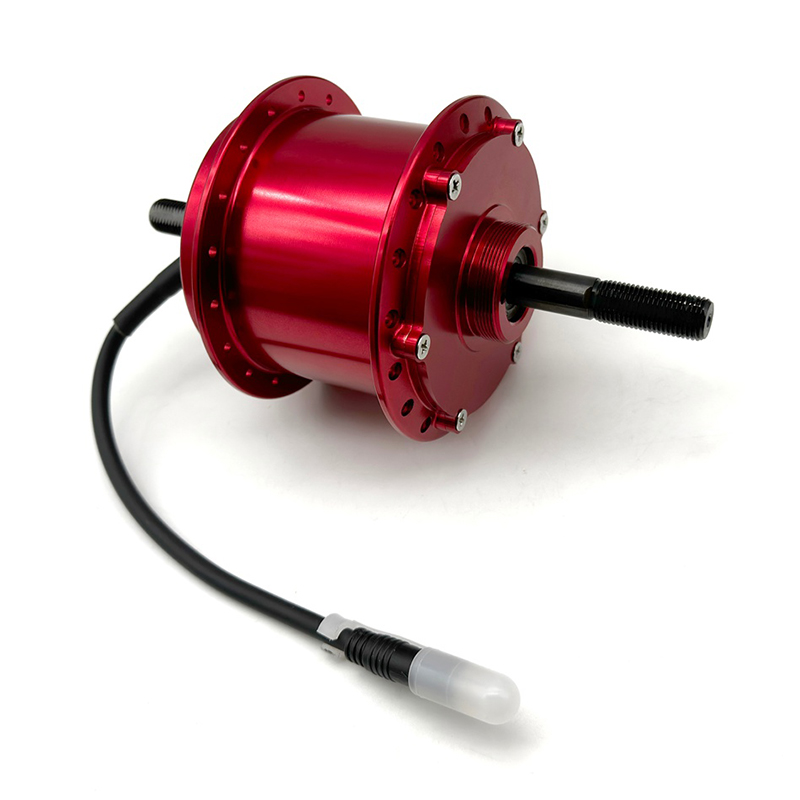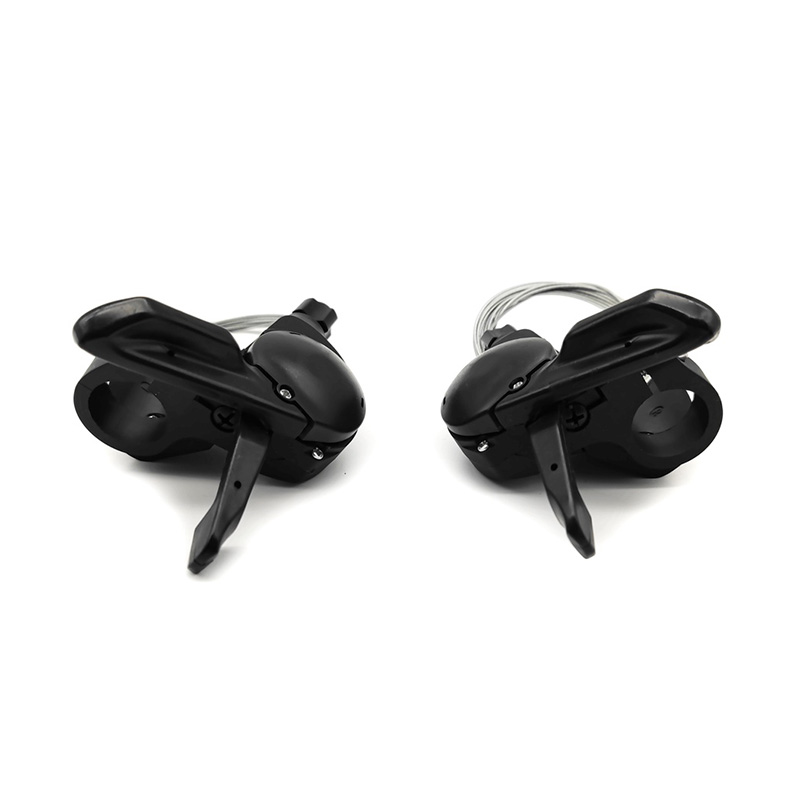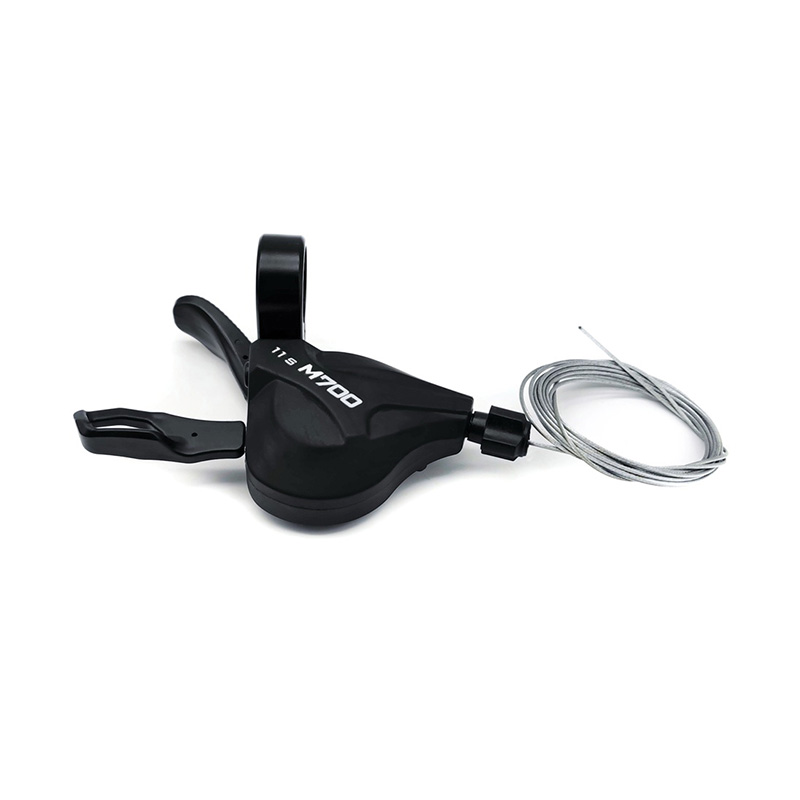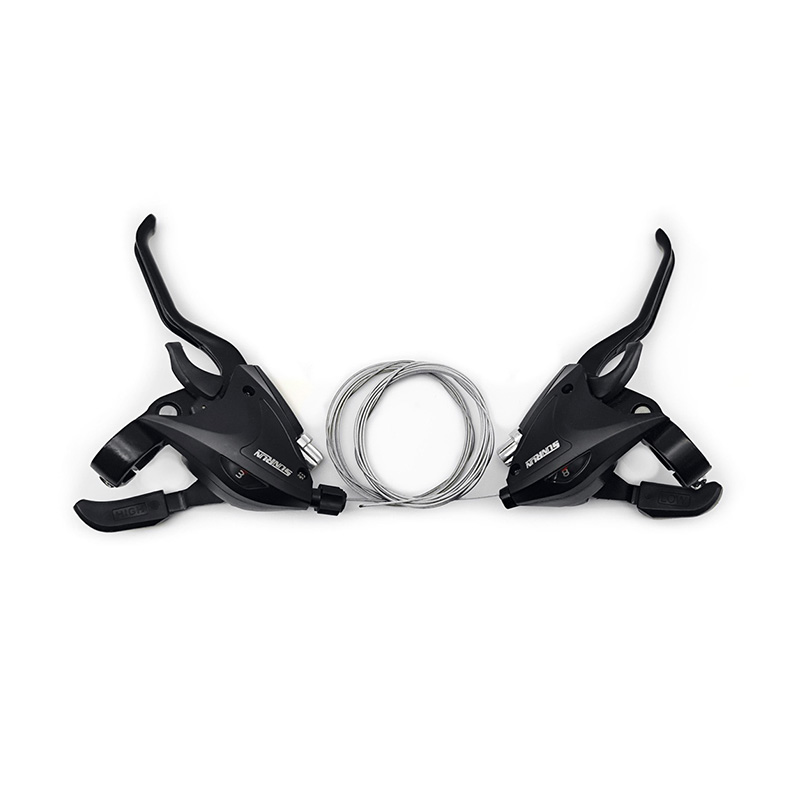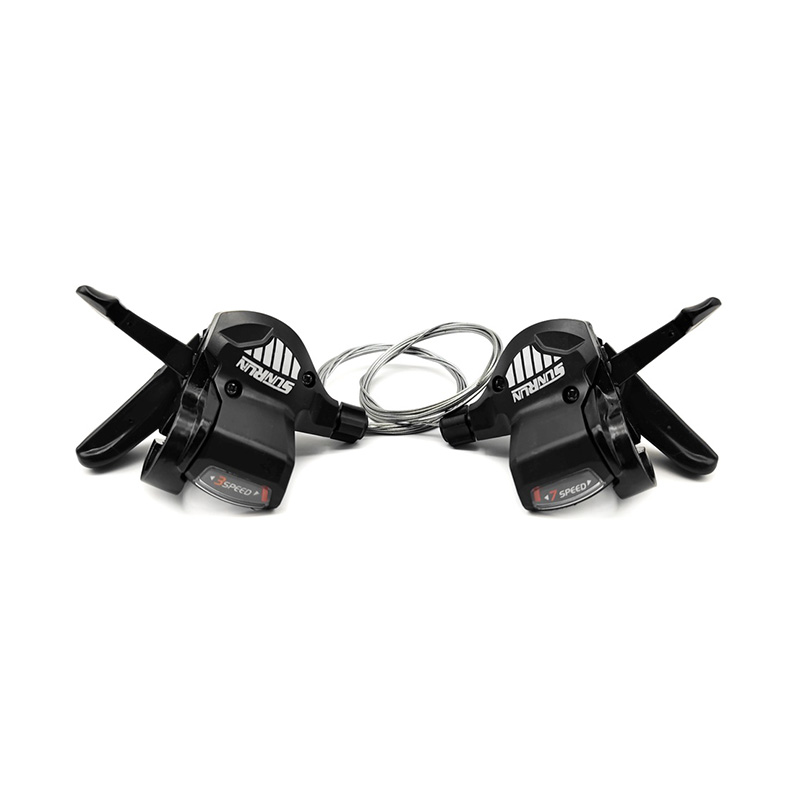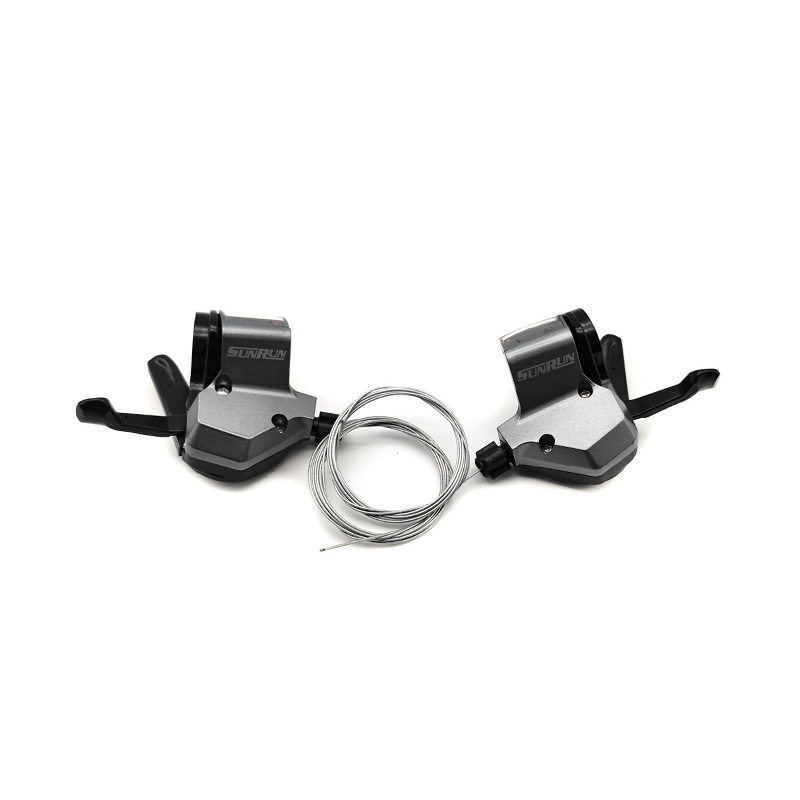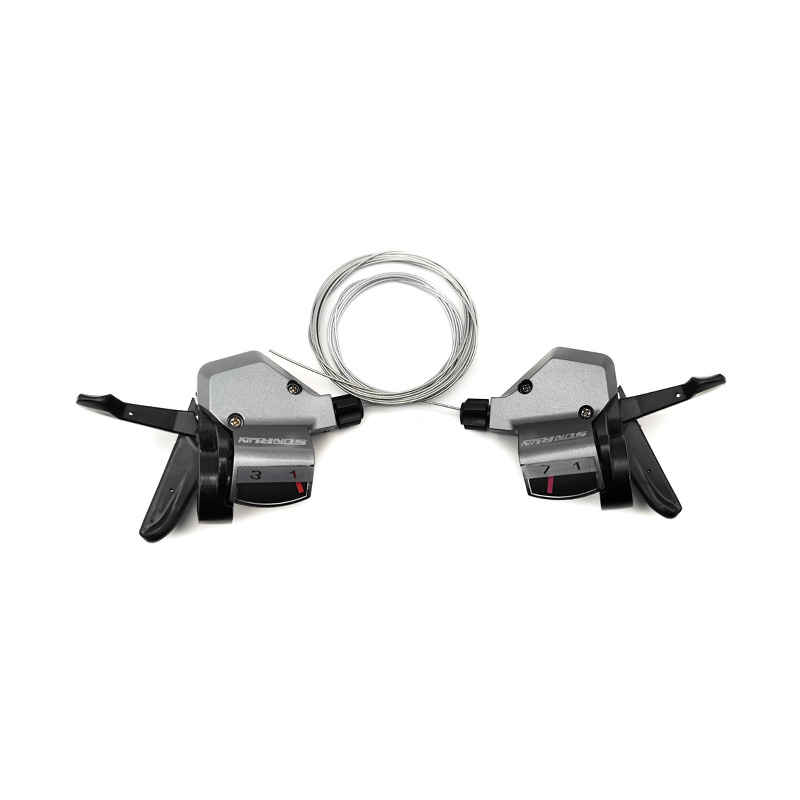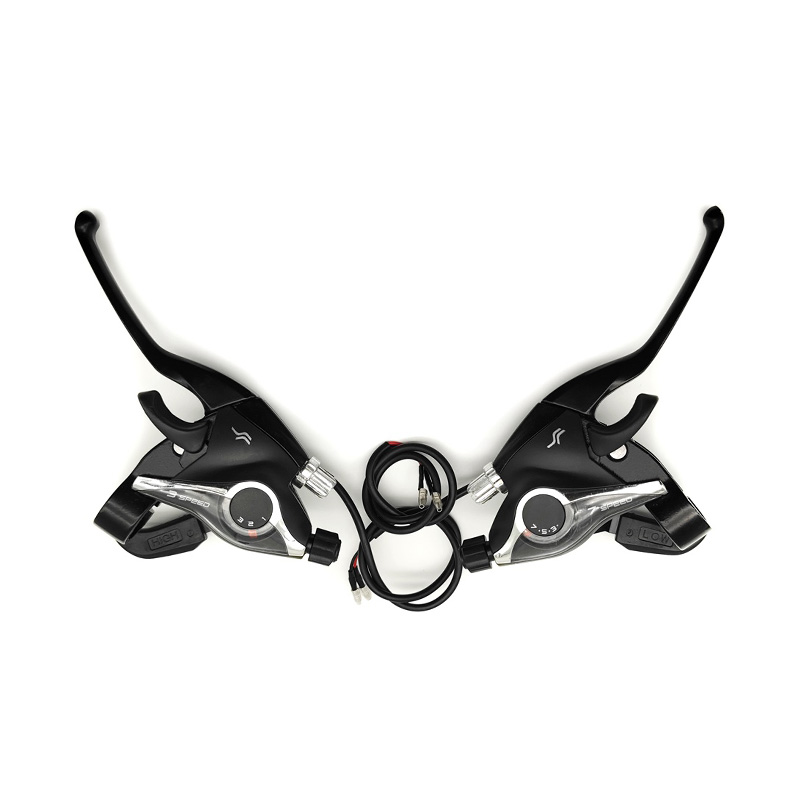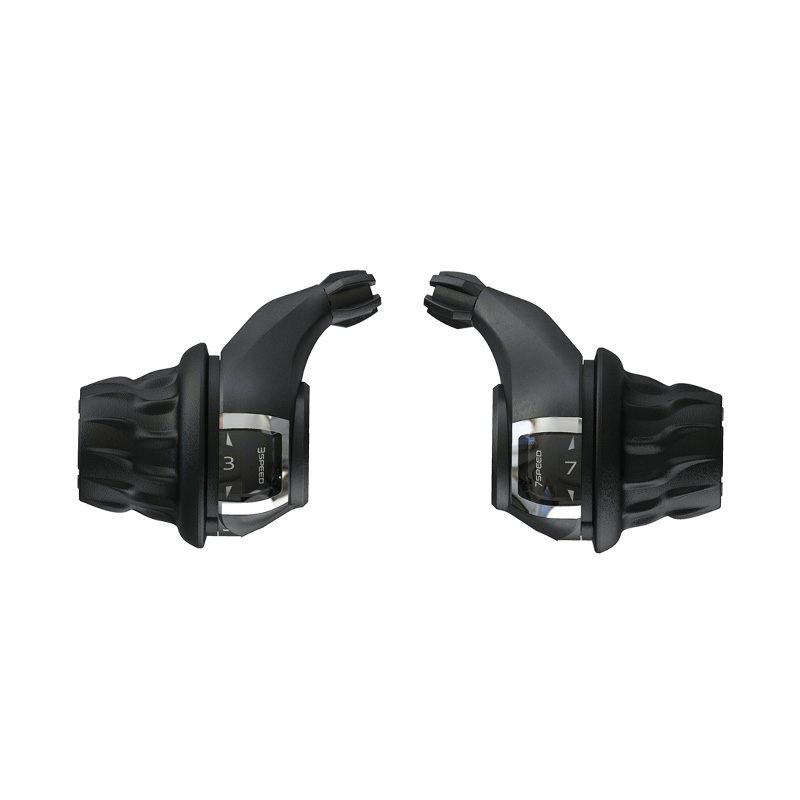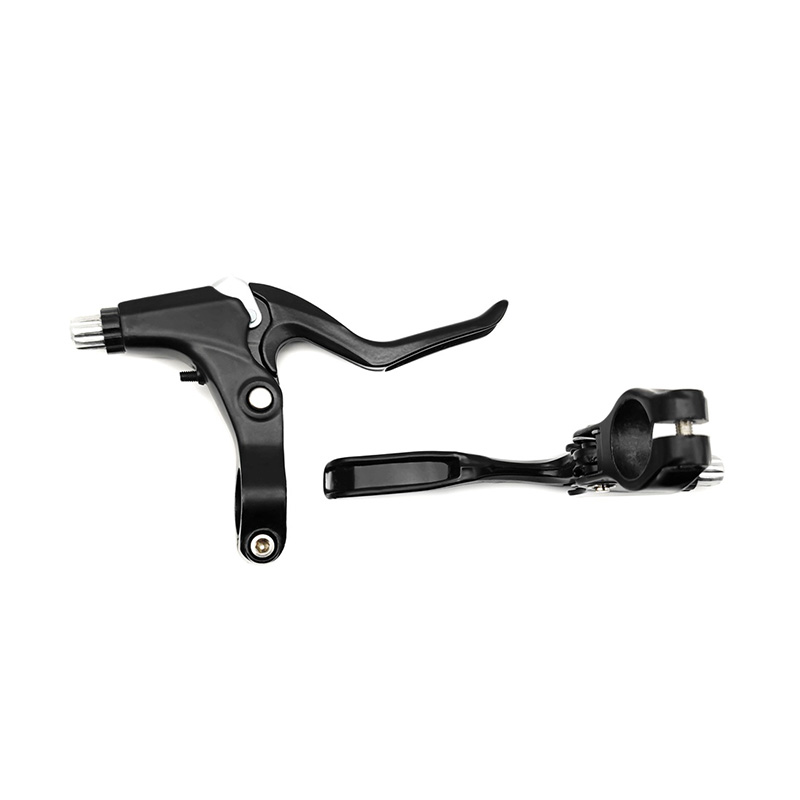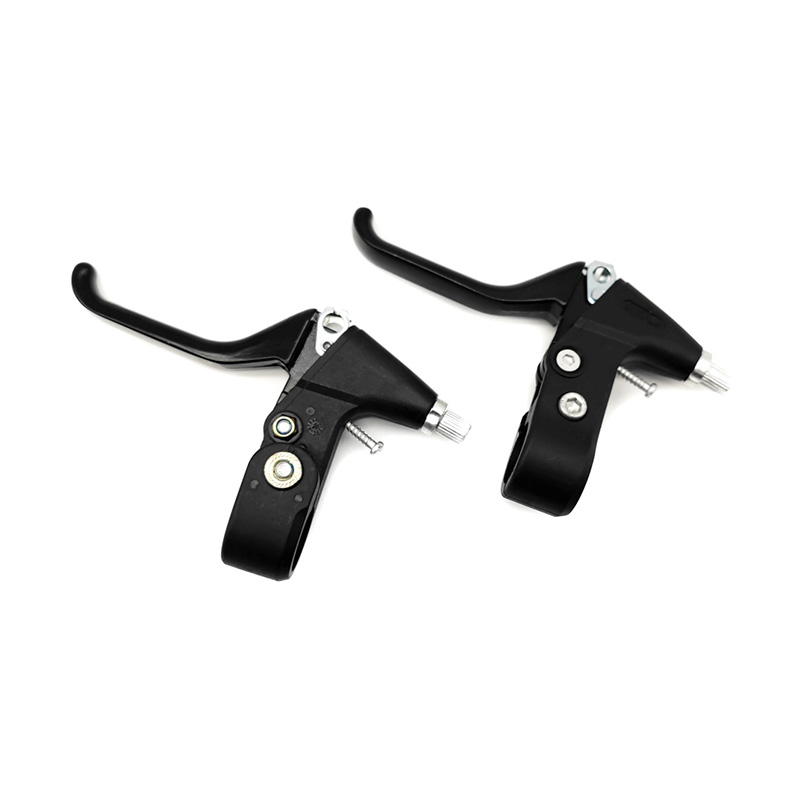When a rider steps on the bicycle pedals, the force generated by the pedaling action first acts on the pedals. The pedals are directly connected to the cranks in the Chainwheel & Crank Set, which are long rod-shaped components fixed to the bicycle's center axis. The rider applies a rotational torque by alternately stepping on the pedals with both feet, causing the Chainwheel & Crank Set cranks to begin rotating around the center axis. This rotational motion is the initial link in the conversion of pedaling force into mechanical energy and is also the power source of the entire Chainwheel & Crank Set transmission system. The design of the cranks usually takes ergonomics into consideration to adapt to the rider's pedaling habits and force characteristics, ensuring that the pedaling force can be efficiently transmitted to the sprockets in the Chainwheel & Crank Set.
The rotation of the cranks in the Chainwheel & Crank Set directly drives the sprockets rigidly connected to them to rotate synchronously. The sprocket is a key component in the Chainwheel & Crank Set transmission system, and is usually composed of multiple teeth of different sizes, which are evenly distributed on the circumference of the sprocket. The number and size of the sprocket teeth directly affect the transmission ratio of the Chainwheel & Crank Set, which in turn affects the riding speed and pedaling force. When the crank rotates, the teeth of the sprockets in the Chainwheel & Crank Set mesh with the links of the chain, and through this meshing action, the rotational motion of the sprocket is transmitted to the chain. The material of the sprockets in the Chainwheel & Crank Set is usually high-strength alloy steel or aluminum alloy to ensure that it can withstand high torque and frequent rotational stress.
The chain is a flexible transmission element that connects the sprockets in the Chainwheel & Crank Set to the flywheel. Its function is to transmit the rotational motion of the sprockets in the Chainwheel & Crank Set to the flywheel of the rear wheel. The chain is made up of multiple links connected by pins. The design of the links allows it to bend flexibly and adapt to the contours of the sprocket and flywheel. When the sprockets in the Chainwheel & Crank Set rotate, their teeth push the links of the chain, causing the chain to move along the contours of the sprocket and flywheel. The chain moves in the same direction as the sprockets in the crankset, but the chain may not move at the same speed as the sprockets in the crankset because the number of teeth on the sprockets and flywheels may be different. The chain is usually made of high-strength alloy steel, and the surface is specially treated to improve wear resistance and corrosion resistance to ensure stable operation in the Chainwheel & Crank Set transmission system.
The movement of the chain drives the flywheel of the rear wheel to rotate. The flywheel is a gear assembly mounted on the rear wheel hub, and its number of teeth and size match the sprockets in the Chainwheel & Crank Set to achieve the desired transmission ratio. The rotation of the flywheel is transmitted to the rear wheel through the hub, causing the rear wheel to start rotating. The design of the flywheel usually considers lightweight and efficient transmission to reduce energy loss in the Chainwheel & Crank Set transmission system. The more teeth a flywheel has, the greater the transmission ratio of the Chainwheel & Crank Set, and the rider can achieve higher speeds with the same pedaling force, but requires greater pedaling force; conversely, the fewer teeth a flywheel has, the smaller the transmission ratio of the Chainwheel & Crank Set, and the rider can achieve lower speeds with less pedaling force, but the pedaling frequency will be higher.
The rotation of the rear wheel is the direct source of power for the bicycle to move forward. When the rear wheel rotates, the friction between the tire and the ground generates a forward thrust, pushing the bicycle forward. This friction is the key factor in the bicycle's ability to move, and its magnitude depends on the material of the tire, tire pressure, the roughness of the ground, and the speed of the rear wheel's rotation. To ensure the effectiveness of friction, tires are usually designed with specific patterns and rubber formulas to increase grip with the ground. In addition, the overall design of the bicycle, such as the rigidity of the frame and the shock absorption performance of the front fork, will also affect the rider's comfort and the efficiency of the Chainwheel & Crank Set transmission system.

 中文简体
中文简体 English
English
